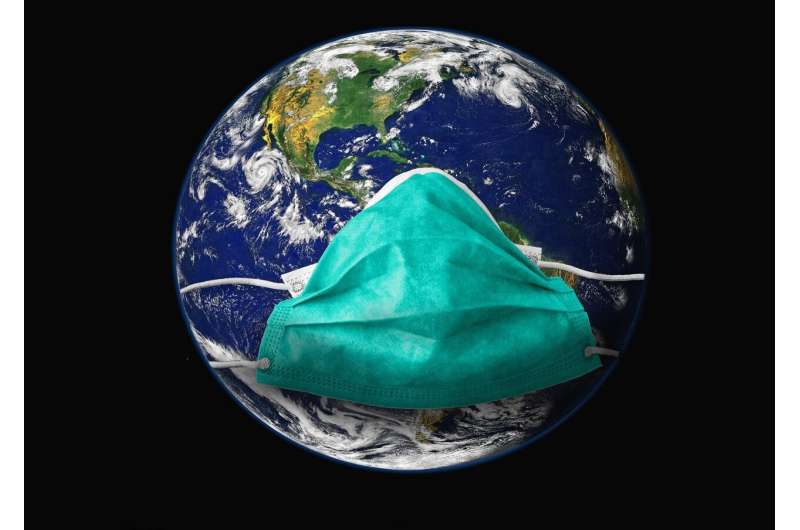This article has been reviewed according to Science X's editorial process and policies. Editors have highlighted the following attributes while ensuring the content's credibility:
fact-checked
trusted source
proofread
Scientist who first reported human-to-human transmission of COVID recommends measures to prepare for the next pandemic

A microbiologist, who was involved in the first study to witness human-to-human COVID transmission, is among experts laying out strategies that would help the world react and prepare for the next pandemic.
As UK scientists prepare developing insurance vaccines for the next pandemic, caused by any list of potential animal viruses they are referring to as "Disease X," this new set of recommendations by Professor Kwok-Yung Yuen is published in the journal Emerging Microbes & Infections.
Yuen acted as an expert adviser to the Hong Kong government during the pandemic. He is a prolific researcher and led a team identifying the SARS coronavirus that caused the SARS pandemic of 2003–4, and traced its genetic origins to wild bats.
During the COVID pandemic, Yuen was an early advocate of wearing masks even by healthy individuals, citing asymptomatic cases and a large number of virus strands in saliva of an infected person.
Included in the vast amount of research Yuen carried out during the pandemic, was the leading of his team to help create a nasal spray that is effective against omicron. The vaccine has gained the approval of the Chinese National Medical Products administration.
Today, he sits as Chair of Infectious Disease at the Department of Microbiology of the University of Hong Kong.
In this new paper, which he has written alongside colleagues at the University of Hong Kong and the Queen Mary Hospital Hong Kong, Yuen states although tackling a new pandemic will be complex, the key measurements required can be split into five key parts:
- The surveillance at human-animal interfaces: targeting sick health care workers and animals with unusual tolerance to viral infections, and sick workers at high biosafety level laboratories.
- Surveillance of sick travelers: when alerted by an early warning system or soft intelligence of a suspected outbreak due to unknown agents. These targets of surveillance should initially be screened by multiplex nucleic acid amplification and subsequent unbiased next-generation sequencing to discover future pandemic agents.
- Novel viruses should be cultured in animal and human organoids, and tested in animal models to check for inter-species transmission potential. These agents are candidates for the design of rapid diagnostics, therapeutics, and vaccines.
- For early detection of outbreaks, there are advantages in using event-based surveillance and artificial intelligence (AI): These systems are likely to be useful if they channel reliable information from frontline health care or veterinary workers and large international gatherings.
- Sufficient regulation of high biosafety level laboratories, and stockpiling of broad spectrum antiviral drugs, vaccines, and personal protective equipment
Commenting on the recommendations, Ky Yuen says, "The increasing global population fueling the dietary demand for food animals, the intrusion and exploitation of wildlife habitats is leading to more frequent human-animal interactions.
"This, alongside the intensive farming practice and poor hygienic conditions in wet markets, the rapidity of microbial dissemination by frequent air travel, the change in the distribution of animals and arthropods due to climate change, and frequent mutations in RNA viruses, appears to be important factors driving the emergence of pandemics.
"Now what is needed is more extensive and sustained animal surveillance for monitoring the evolution of novel viruses and risk assessment for zoonotic emergence of another influenza virus, a putative SARS-CoV-3, a bat HKU4/5 related or MERS-CoV related Merbecovirus, a lineage D bat coronavirus HKU9 related CoV, a paramyxovirus or enterovirus leading to another pandemic."
More information: Kelvin Hei-Yeung Chiu et al, Preparation for the next pandemic: challenges in strengthening surveillance, Emerging Microbes & Infections (2023). DOI: 10.1080/22221751.2023.2240441




















